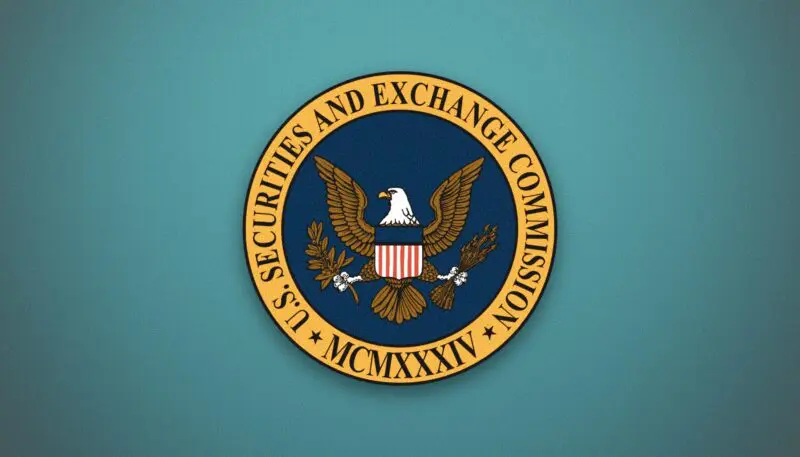The process of starting a new hedge fund or private equity fund involves choosing whether the fund will be structured as a “3(c)(1) fund” or a “3(c)(7) fund.” Many new fund managers are confused by the difference between the two, which refer to two different exemptions from the requirements imposed on “investment companies” under the Investment Company Act of 1940 (the “Act”).
The Act defines an “investment company” as an issuer that “holds itself out as being engaged primarily or proposes to engage primarily, in the business of investing, reinvesting or trading in securities.” At first glance, it might seem that this law is squarely aimed at hedge funds, private equity funds, venture capital funds, and other private investment vehicles. However, the vast majority of private funds are organized to fall outside the purview of the Act. Indeed, avoiding investment company registration under the Act is often one of the critical first steps for a new private fund because it allows the fund to avoid the Act’s requirements of SEC registration, ongoing disclosure, disinterested directors, and its prohibitions on affiliated transactions and trading activities such as short sales and derivatives trading. In order to be exempt from registering as an investment company under the two most frequently used exemptions under the Act, the fund must (1) not make, or propose to make, a public offering of its securities and (2) either (a) limit the fund to no more than 100 investors (the 3(c)(1) exemption) or (b) limit the fund to “qualified purchasers” (the 3(c)(7) exemption).
To satisfy the private offering element of the test, private funds typically issue interests in their funds to investors pursuant to a private placement exemption under Rule 506 of Regulation D. Rule 506 is a safe harbor under the Securities Act of 1933 (“Securities Act”) that allows the fund to avoid the costly registration and disclosure requirements applicable to public issuers of securities. Although Rule 506 technically allows fund interests to be purchased by up to 35 non-accredited investors, most issuers avoid taking non-accredited investors because of the additional disclosure requirements and regulatory risk that come with it. Therefore, fund interests are generally offered and sold only to accredited investors. The SEC has ruled that if the fund qualifies for a private offering exemption under Rule 506, it is also deemed to make a private offering for purposes of avoiding investment company registration under the Act.
3(c)(1) Funds
After a fund establishes it is not making, or proposing to make, a public offering of its securities, the most common method for satisfying the second prong of the test and securing its exemption from the Act’s requirements is structuring the fund to be owned by no more than 100 beneficial owners. The primary benefit of qualifying as a 3(c)(1) fund – and the reason the majority of funds limit their offerings to qualify for this exemption – is that it does not have to comply with the additional investor status limitations applicable to 3(c)(7) funds. Therefore, the prototypical private fund offers fund interests under Rule 506 and accepts investment from no more than 100 investors (or 99 investors, if the general partner’s interest is at risk of being considered a security).
Even though the 100-owner rule sounds simple on its face, the method for calculating ownership of the fund can be somewhat complex, and the fund’s principals must be very careful to make sure it does not accidentally invalidate its investment company exemption. Below are some of the rules that apply with respect to counting the number of investors in the fund.
- Individuals: Each individual investor is counted as one owner. An interest jointly held by spouses is also treated as one owner.
- Entities: An entity that invests in the fund and is not considered an investment company under the Act (or a 3(c)(1) or 3(c)(7) company) may own any percentage interest of the fund and be deemed to be a single owner; provided that the entity was not formed for the sole purpose of investing in the fund.
- Investment Companies: If an entity treated as an investment company under the Act (or a 3(c)(1) or 3(c)(7) company) owns 10% or more of the voting securities of a fund, each of the owners of that entity will be counted as owners of the fund. The reason for this so-called “look through rule” is to prevent fund owners from getting around the 100-investor limitation by operating multiple 3(c)(1) fund affiliates as a pyramid. The SEC will also treat separate funds as one fund and count both of the fund’s investors towards the 100-investor limit if a reasonable investor would view the funds to be the same.
- Knowledgeable Employees: A person who works as a director, executive officer, general partner, advisory board member, or similar function for the fund, including an experienced employee who participates in the investment activities of the fund, will not count towards the 100-investor limit.
- Involuntary Transfers: An ownership interest in the fund that is transferred by gift, bequest, or pursuant to a divorce decree will be treated as owned by the person transferring the fund interest. This prevents the fund from losing its exemption upon certain involuntary transfers like the death of an investor.
- Offshore Funds: If a fund is located offshore, it can be exempt from investment company registration if it (i) has no more than 100 U.S. investors and (ii) is not making a public offering its securities in the U.S.
3(c)(7) Funds
The second primary method that private issuers use to be exempt from investment company registration involves restricting investment only to “qualified purchasers” pursuant to Section 3(c)(7) of the Act. The advantage of a 3(c)(7) fund is that the number of investors is not limited under the Act so a fund could take up to 1,999 investors before it is required to register with the SEC under the Securities and Exchange Act of 1934.
Qualified purchasers include 1) individuals or family-owned businesses that own $5 million or more in investments, 2) a trust sponsored and managed by qualified purchasers, 3) a person, acting for his own account or the account of someone else, that owns and invests at least $25,000,000 in investments, and 4) any entity exclusively owned by qualified purchasers. The term “investments” is interpreted broadly to include the value (net of liabilities) of a wide array of items held for investment purposes including securities, real estate, commodities, financial contracts, insurance policies, and cash or cash equivalents. Qualified Institutional Buyers defined under Rule 144A of the Securities Act (e.g. institutions that invest 100 million in securities on a discretionary basis) are considered to be qualified purchasers. As in the case of 3(c)(1) funds, “knowledgeable employees” (as defined above) are permitted to invest in a 3(c)(7) fund, whether or not they are qualified purchasers, without jeopardizing the exemption. Offshore funds too may exceed the 100-investor limitation if their U.S. investors are qualified purchasers.
Conclusion
Whether you’re just starting out with a new private fund or attempting to maintain compliance as an existing fund, it is important to structure your private fund as an exempt investment company under the Act. A fund that becomes an inadvertent investment company, in addition to having to restructure its business to comply with the Act or one of its exemptions, could be subject to private litigation from contractual parties, litigation from investors, and SEC enforcement action. In fact, Section 7 of the Act states that all contracts of unregistered investment companies, including inadvertent investment companies, are unenforceable, which could give investors rescission rights. Clearly, establishing and maintaining an investment company status exemption is essential to the proper functioning of a private fund.
This article is for general information only. The information presented should not be construed to be formal legal advice nor the formation of a lawyer/client relationship.





